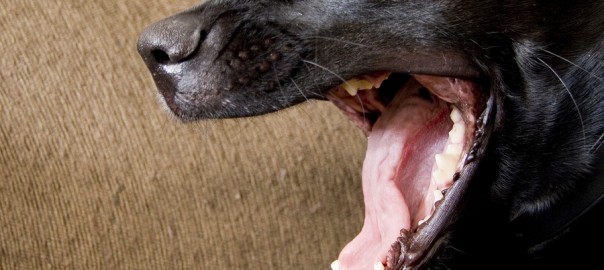Whether your dog has a genetic condition, arthritis, or an injury, there may be a time your veterinarian recommends elbow surgery. Is that the right choice for your dog? One reader asked me about her dog’s arthritic, injured elbow:
Q: My Lab was chasing a tennis ball and jumped up to get it. When he landed, he cried out and appeared to be in a lot of pain. The vet says his elbow is really arthritic. What can be done for him? — via Facebook
A: The elbow is a complex joint, and the canine elbow gets quite a workout because a dog’s front legs bear about 60 percent of his body weight. A number of dog breeds, including Labs, can develop elbow dysplasia, an assortment of conditions that can occur when the elbow joint is deformed or doesn’t mature properly. Whatever type of elbow dysplasia a dog has, the eventual result is painful and often crippling osteoarthritis. Common signs include limping, tiring quickly from play or reluctance to play.
Depending on the condition that’s diagnosed, your dog has a couple of options. He may benefit from arthroscopic surgery if he has osteochondritis dissecans (OCD) or fragmented medial coronoid process (FMCP). It’s minimally invasive and involves removing a broken fragment of bone or damaged cartilage. It can improve the condition for a time, but may not be a permanent fix.
A new technique is elbow replacement surgery. The surgery takes two to three hours to complete, and it requires careful attention to detail. A slick new mechanical joint replaces the damaged one. Afterward, the dog may spend five days in the hospital before going home, and require five to six months for complete recovery. The cost is approximately $6,000.
If your dog is not a candidate for surgery, medical management techniques may help reduce pain. They include weight loss, limiting activity, providing pain relief with nonsteroidal anti-inflammatory drugs (NSAIDs) and giving nutraceuticals such as glucosamine and chondroitin to protect and build up cartilage. Your dog may also benefit from rehab, such as workouts on an underwater treadmill.
Read more, including how to handle urban coyotes, in this week’s Pet Connection!






